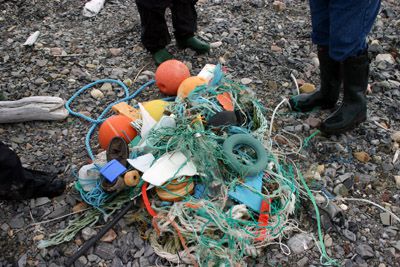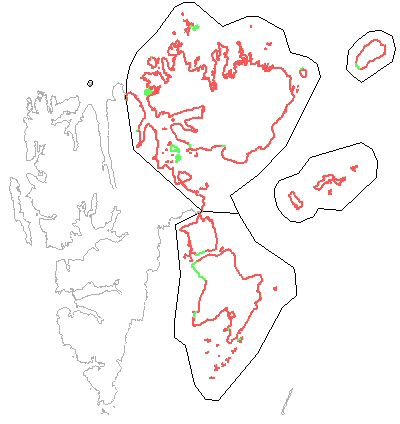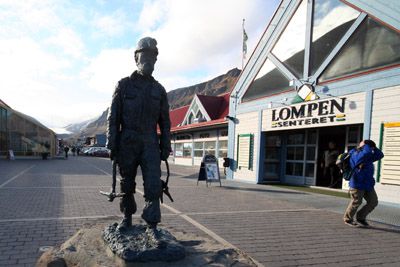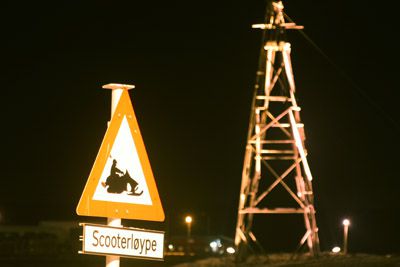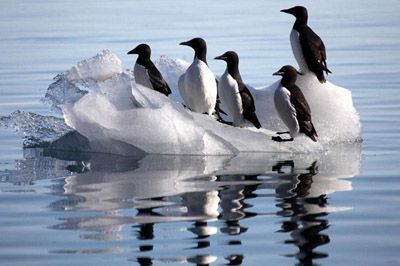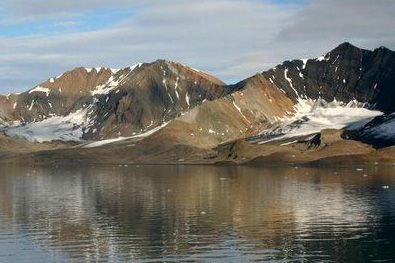-
current
recommendations- Liefdefjord
New page dedicated to one of Spitsbergen's most beautiful fjords. Background information and many photos.
- New Spitsbergen guidebook
The new edition of my Spitsbergen guidebook is out and available now!
- Liefdefjord
New page dedicated to one of Spitsbergen's most beautiful fjords. Background information and many photos.
Page Structure
-
Spitsbergen-News
- Select Month
- June 2025
- May 2025
- April 2025
- March 2025
- February 2025
- January 2025
- December 2024
- November 2024
- October 2024
- September 2024
- August 2024
- July 2024
- June 2024
- May 2024
- April 2024
- March 2024
- February 2024
- January 2024
- December 2023
- November 2023
- October 2023
- September 2023
- August 2023
- July 2023
- June 2023
- May 2023
- April 2023
- March 2023
- February 2023
- January 2023
- December 2022
- November 2022
- October 2022
- September 2022
- August 2022
- July 2022
- June 2022
- May 2022
- April 2022
- March 2022
- February 2022
- January 2022
- December 2021
- November 2021
- October 2021
- September 2021
- August 2021
- July 2021
- June 2021
- May 2021
- April 2021
- March 2021
- February 2021
- January 2021
- December 2020
- November 2020
- October 2020
- September 2020
- August 2020
- July 2020
- June 2020
- May 2020
- April 2020
- March 2020
- February 2020
- January 2020
- December 2019
- November 2019
- October 2019
- September 2019
- August 2019
- July 2019
- June 2019
- May 2019
- April 2019
- March 2019
- February 2019
- January 2019
- December 2018
- November 2018
- October 2018
- September 2018
- August 2018
- July 2018
- June 2018
- May 2018
- April 2018
- March 2018
- February 2018
- January 2018
- December 2017
- November 2017
- October 2017
- September 2017
- August 2017
- July 2017
- June 2017
- May 2017
- April 2017
- March 2017
- February 2017
- January 2017
- December 2016
- November 2016
- October 2016
- September 2016
- August 2016
- July 2016
- June 2016
- May 2016
- April 2016
- March 2016
- February 2016
- January 2016
- December 2015
- November 2015
- October 2015
- September 2015
- August 2015
- July 2015
- June 2015
- May 2015
- April 2015
- March 2015
- February 2015
- January 2015
- December 2014
- November 2014
- October 2014
- September 2014
- August 2014
- July 2014
- June 2014
- May 2014
- April 2014
- March 2014
- February 2014
- January 2014
- December 2013
- November 2013
- October 2013
- September 2013
- August 2013
- July 2013
- June 2013
- May 2013
- April 2013
- March 2013
- February 2013
- January 2013
- December 2012
- November 2012
- October 2012
- September 2012
- August 2012
- July 2012
- June 2012
- May 2012
- April 2012
- March 2012
- February 2012
- January 2012
- December 2011
- November 2011
- October 2011
- September 2011
- August 2011
- May 2011
- April 2011
- March 2011
- February 2011
- January 2011
- December 2010
- November 2010
- September 2010
- August 2010
- July 2010
- June 2010
- May 2010
- April 2010
- March 2010
- February 2010
- November 2009
- October 2009
- August 2009
- July 2009
- June 2009
- May 2009
- April 2009
- March 2009
- February 2009
- January 2009
- December 2008
- November 2008
- October 2008
- August 2008
- July 2008
- June 2008
- May 2008
- April 2008
- March 2008
- February 2008
- April 2000
- Select Month
-
weather information
-
Newsletter

| Guidebook: Spitsbergen-Svalbard |
Home
→ February, 2010
Monthly Archives: February 2010 − News & Stories
Environmental situation in the Barents Sea
The new environmental status report of a Norwegian working group that includes a number of research institutions has been published in February. It summarizes scientic data concerning various environmental developments. The report (Norwegian) is detailed and has yielded expected development as well as surprises.
Some important results:
- As was to be expected, the ice cover of the Barents Sea has decreased noticeably from 1979 to 2009. 2005, 2007 and 2008 were years with extremely little ice. The proportion of multi-year ice has decreased, especially in 2007.
- During the same period, water temperatures have experienced an increase of around 1°C, mostly due to an increased influx of Atlantic water. This has pronounced, but complex effects on nutrient availability as well as population dynamics of different fish (and other) species.
- Seabird colonies in Spitsbergen and Norway have developed in different ways, but the short message is an overall decline over different species and geographical areas. In Spitsbergen, Brünich’s Guillemots have gone down significantly in numbers, the highest documented loss being 36 % within the last 5 years at Fuglehuken on the island of Prins Karls Forland. Kittywakes have suffered losses of up to 43 % (Bear Island) during the same time span, whereas the Common Guillemot, a bird that is more adapted to sub-arctic conditions, has increased by 38 % on Bear Island. The situation is even more dramatic in north Norway, where almost all seabird species have suffered severe losses at most locations, in some cases of more than 99 %.
- The volumes of plastic rubbish seem to have gone back slightly in recent years. Since 1998, it is not allowed anymore to dispose any plastics into the sea.
- Concentrations of long-lived environmental toxins such as BCPs and PAKs have decreased until about 2004, but have increased slightly again and are stable since then.
- Radioactivity is still low. Main sources are nuclear weapon testing during the 1950s and 1960s, Chernobyl and the nuclear reprocessing plants of Sellafield (England) and La Hague (France). The Sovjet nuclear submarine K-278 Komsomolets, that sank 180 kilometres southeast of Bear Island in 1989 and is still lying at 1858 metres depth, has not emitted significant amounts of radioisotopes – so far.
- Die Konzentrationen langlebiger Schadstoffe wie PCBs (Polychlorierte Bifenyle) und PAKs (Polyzyklische aromatische Kohlenwasserstoffe) gingen bis etwa 2004 zurück, stiegen seitdem aber wieder leicht an und sind seitdem näherungsweise stabil.
Plastic rubbish, mostly »lost« from fishing vessels.
Washed up onto and collected from a small part of a remote beach in Hinlopen Strait, northeastern Spitsbergen.
Eastern Svalbard Nature Reserves: potential closure of largest parts still on the agenda
A possible closure of most parts of eastern Svalbard has been discussed on these pages on several occasions (see for example June 2009). The Norwegian Directorate for Nature administration (Direktoratet for naturforvaltning, (DN)) had made a proposal to close most of eastern Svalbard for tourists. The Sysselmannen disagreed with the proposal, which would normally lead to major changes or discarding. The proposal has, however, been forwarded to further bodies of the law-giving process without making any significant changes, a very unusual step.
The main reason for the proposal was that the areas should be kept as »untouched scientific reference areas«. This rather vague reasoning could not be explained any further, other than claiming a »precautionary principle«. After this has met strong criticism, nature protection was added.
The proposal is strongly criticised, including:
- Aims not well defined and reasons not well explained. For example, during a meeting in Longyearbyen in October 2008, leading scientists of the Norwegian Polar Institute said they did not see any principal problems with (controlled) tourism in the areas in question, considering both scientific and environmental aspects.
- It is doubted that by excluding tourists from these areas, they can be kept as (or turned into) »untouched« (reference) areas, as scientific activities take place on a comparable, possible major, scale anyway: significant numbers of scientific and support staff visit the areas – including its remotest parts, which are hardly ever visited by tourists regularly, spending much more time in the field, using large, stationary camps (tourists sleep on ships) and using helicopters for transport on a large scale (completely banned within tourism).
- More pressure on locations that remain accessible can be expected to lead to several problems, such as erosion. Another problem is that flexibility has, so far, been an integral part of the safety of passenger landings: if weather/sea conditions at a given site is not favorable or a polar bear is seen nearby, it is – so far – common to turn to another area within reach. Should such alternative sites not be available anymore, it can be expected that the pressure to land at a given site will increase, even under unfavorable conditions.
- Part of the reasoning is continuous increase of touristic traffic. The fact that cruise ship tourism in the last 2 years actually decreased is not considered. The reason for the decrease is not only the economical crisis, but also the (lasting) effects of new regulations, such as a ban on heavy oil as ship fuel which effectively keeps some ships completely away, and new safety demands, which will lead to another couple of ships not returning, including some that have been operating in Svalbard still in 2009.
- Intransparent discussion process behind closed doors, excluding the public and those involved, ignoring the Sysselmannen who is obviously a major official authority with considerable knowledge of the actual regional situation.
Despite being rejected by the Sysselmannen, the proposal has been forwarded by DN to the higher Ministry of the environment, where decisions on further steps have to be taken.
A result of the process could be a loss of public confidence into science and administration, if »science« is (ab)used as an argument by political decision makers without solid scientific argumentative basis, similar to Japanese »scientific« whaling.
Source: Svalbardposten and other (including verbal discussions)
Coal mining economy
The mining company Store Norske could, in 2009, for the second time conclude with a profit of about 400 million Norwegian crowns (ca 48.7 million Euro), mainly due to good coal prices before the break-out of the crisis and advantageous financial business (»kull-hedging«). The lookout seems less bright: Store Norske has to deal with falling world market prices, cancellation of orders, and deteriorating coal quality in the largest mine, »Svea Nord«, near Sveagruva, where 2 million tons were mined last year. The mine is expected to be closed in 2014; Store Norske has plans to open another mine in the area.
The future of mine 7, the only mine near Longyearbyen still in operation, is uncertain as it has been producing deficits for a number of years.
Coal mining, quo vadis? He does not know either. (miner in Longyearbyen)
Source: Svalbardposten
Snow mobiles and alcohol
The Sysselmannen (police) controlled a group of snow mobile tourists who where just about to start their tour. The result was impressive: 10 out of 35 had alcohol in their blood and were not allowed to participate. The Sysselmannen calls attention to valid general traffic and special snow scooter regulations, which includes a very strict “don’t drink and drive” policy and potentially severe fines.
Watch out for snow mobiles with potentially dark background!
Source: Sysselmannen
High pesticide levels in Spitsbergen
Recent analysis of snow and ice of glaciers in the Spitsbergen archipelago has shown significant levels of pesticides, which are not used locally and thus come from long-distance sources in Europe and overseas. The relevant pesticides are long-lived and take very long time to break down, especially in cold climate conditions. Today, they are mostly banned. The amounts thought to be present in Spitsbergen are up to about one ton of some pesticides, but vary locally.
Further research is needed to investigate potential threats to the environment.
Is the ice as clean as it seems, or…?
Source: Svalbard Science Forum
Gold rush in St. Jonsfjord
In 2009, the Norwegian mining company Store Norske carried out first investigations to find potential gold occurrences in St. Jonsfjord, north of Isfjord. Results show that the potential is significant. Store Norske intends to do drillings to further determine the potential of valuable metals. The authorities (Sysselmannen) have now given permission for the drillings under strict environmental conditions.
St. Jonsfjord is outside the protected areas, which means that the future may see a new mine in Spitsbergen.
St. Jonsfjord
Quelle: Svalbardposten
News-Listing live generated at 2025/June/15 at 07:11:14 Uhr (GMT+1)
